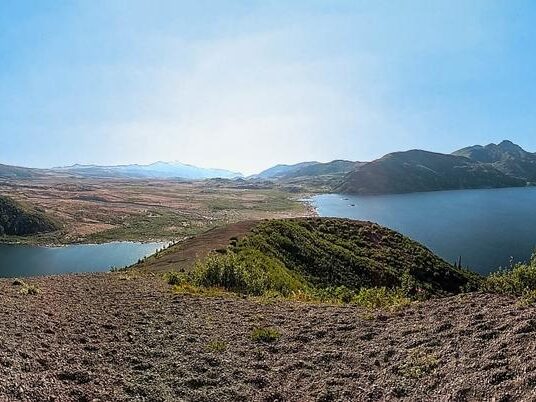The Mount St. Helens Eruption: On May 18, 1980, the Mount St. Helens volcano in Washington state erupted, killing 57 people and causing billions of dollars in damage. The eruption was one of the most powerful and destructive in U.S. history. Having been preceded by weeks of smaller earthquakes and steam explosions and was eventually triggered by a massive landslide. Source: National Geographic.
The eruption of Mount St. Helens was caused by a buildup of magma, or molten rock, beneath the volcano's surface. In the weeks and months leading up to the eruption, the mountain experienced a series of small earthquakes. Indicating that magma was moving beneath the surface. On May 18, the pressure from the magma became too great. Causing a massive explosion that triggered the pyroclastic flows and sent a mushroom-shaped plume of ash into the sky.
Mount St. Helens had a profound impact on the surrounding environment. The blast flattened forests and destroyed wildlife habitats, and the ash cloud caused widespread damage to crops and buildings. In total, the eruption caused over $1 billion in damage.
Today, Mount St. Helens is closely monitored by scientists. They continue to study the volcano in order to better understand the nature of volcanic eruptions. The area around the volcano is a National Monument, a popular destination for hikers and tourists.







